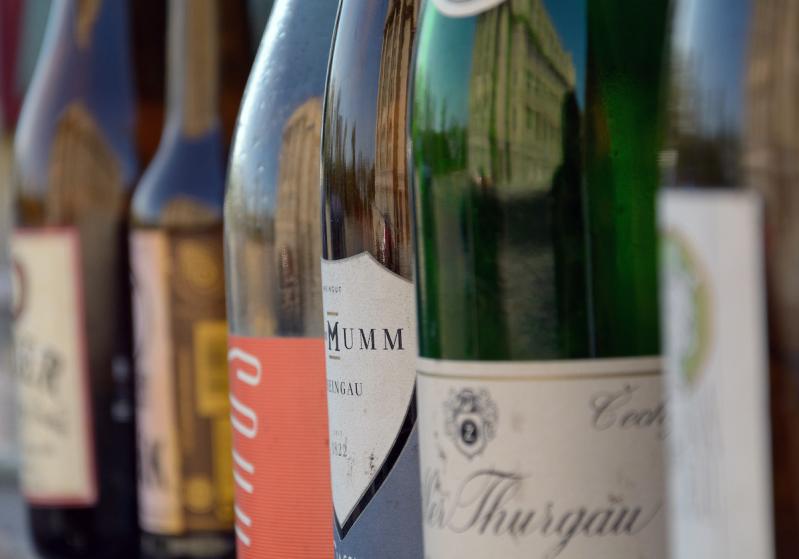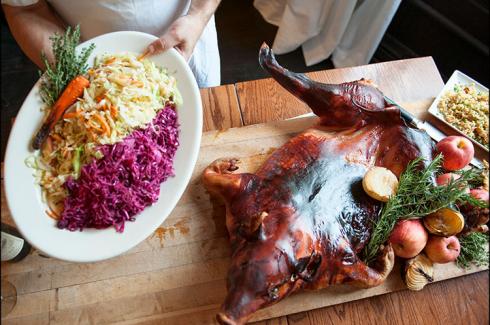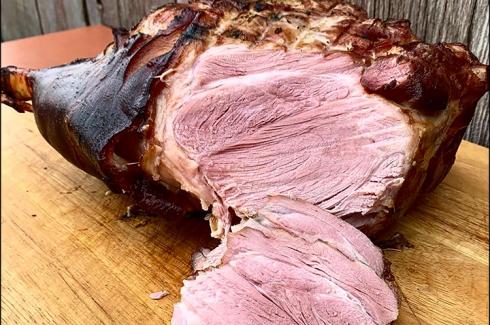Wine labels are highly regulated by the federal government, more methodically even than food labels. It is mandatory to identify in some detail at least seven items, some so boring that it led to the invention of a second label on the back of the bottle to split the tedium and give us a bit of relief and respite while reading the primary label. It’s a nightmare of logic that only a bureaucracy could have invented.
Such seemingly essential information as the type of grape used in the wine is not part of the requirements. Most American and other New World producers choose to identify their wines by the variety of grape, and American consumers have become used to this. But most French and many other European wines are identified by region and appellation. Unless you are acquainted with the predominant grape of the area, you may not know whether you are buying, say, a sauvignon blanc, which would be a typical white Bordeaux, or a chardonnay, which would be a typical white Burgundy.
If a producer designates a wine as a single varietal, it must contain at least 75 percent of that grape. Some of the world’s most acclaimed wines are blends, while a smaller number are single varietals. One is no better than the other. The quality of the finished wine has to do with nature and the winemaker’s skills, including finding the best proportions. Occasionally the producer will spell out the varieties and proportions. But the legal label has no requirement and offers little help as far as contents.
It also seems ironic that labels are silent on just how the wine will taste. You will find occasional descriptions on the second label. These are written by the winery and are not government regulated. They are puff pieces, of course, but I find them generally accurate and I’d like to see it done more often.
I’ll quickly review the basic government requirements for any wine label. Some make sense. Others obscure more than enlighten.
Brand name. This name must not mislead the consumer about the age, origin, or characteristics of the wine. A Long Island wine, for example, cannot use a name that implies the wine was made in France.
Class. The Alcohol and Tobacco Tax and Trade Bureau defines a number of categories, but on a practical level most of what we consume is either “table wine,” “sparkling wine,” or “aperitif wine.” There is even a class for “imitation wine,” something I pray never crosses my palate.
Alcohol content. If the alcohol content is less than 14 percent by volume, which is the case with most wines, the label may state the specific percentage, or it may use the designation “table wine” to indicate alcohol content of between 7 and 14 percent.
Net volume. This is either stated on the label or etched on the bottle.
Various combinations of producing and bottling may be stated. If at least 75 percent of the wine was fermented and clarified on the premises, the label may state, “produced and bottled by.” If that percentage falls between 10 and 74 per cent, the proper designation is “made and bottled by.”
If you think that is hard to remember and confusing, consider this: Since 1977 the wine industry has been required to use metrically sized bottles, but production figures and government tax information are always cited in gallons.
Vintage dates. At least 95 percent of the contents must have been harvested and fermented in the vintage year cited. The 5 percent wiggle room is there to allow for a normal winemaking procedure where a barrel is topped to compensate for evaporation.
Sulfite declaration. Wines contain very low levels of sulfur, but must always provide the sulfite warning. Generally wines contain between 20 and 50 parts per million. Compare that to dried fruits, for example, where the legal limit is 2,000 parts per million and no warning is required, and it makes even less sense.
Health warning. Wines sold in this country are required to have a health warning with certain specific messages. Imported wines often put this information on a separate label for the American market. In an interesting cultural divide, American wines exported to Eu- rope sometimes have to delete or hide the health warnings.
Should you buy a wine based on the appearance of the label? If it’s not a very expensive wine, why not? Adroit design, interesting art, and good wine all tell us something about taste. In any case, I suggest you bypass most of the government-mandated information in favor of the more voluptuous pleasure of sipping the wine.





